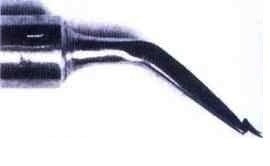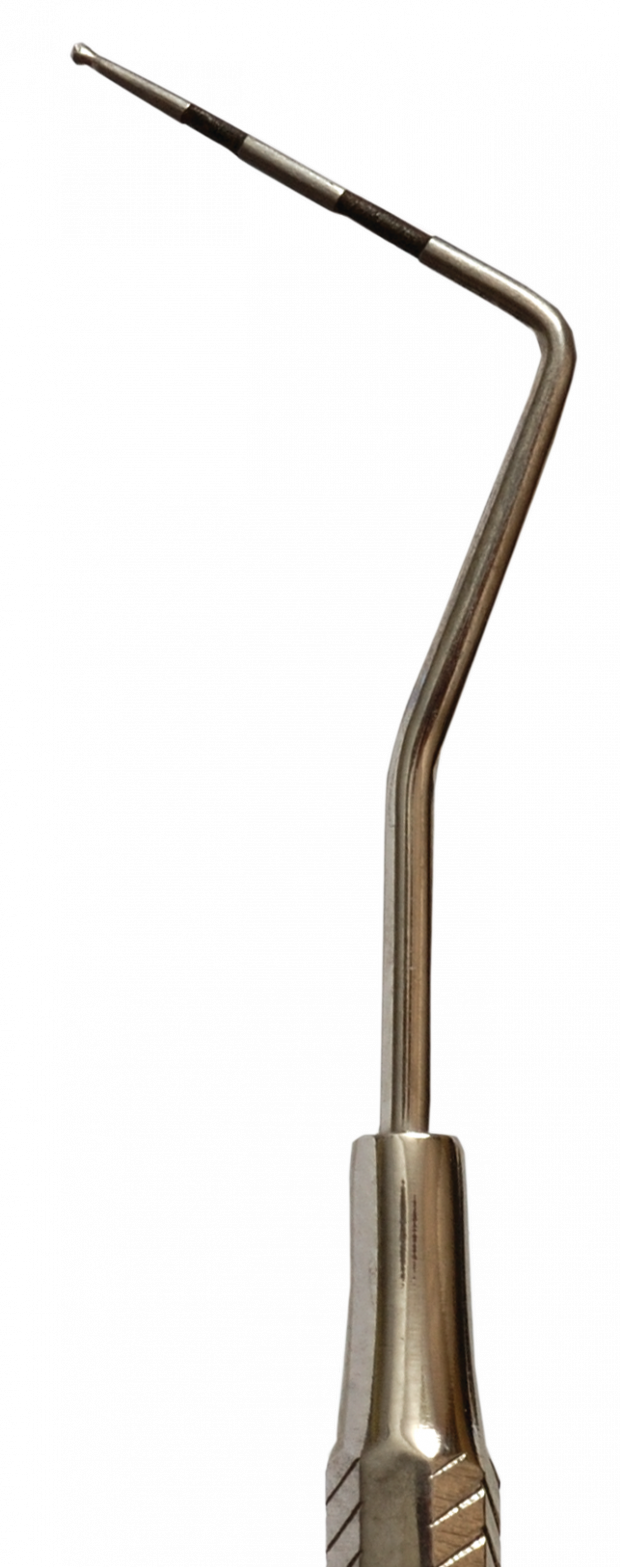Dental instruments is monthly article about any instrument that seems abnormal or rarely used by general dentist, our goal is familiarize ourselves with these unique instruments to make it it more relevant if ever the occasion requires it to be called or used . In this this first article we will begin with the Schwartz Periotrievers, what it is, function and method of use.
Schwartz Periotriever
Definition
Richard S. Schwartz Dr. Murray Schwartz (DDS in Nyack) was the innovator that created this tool, thus it was named after him. while Periotrievers, is derived from Perio ( periodontal) – trivers (retriever) in other words it retrieves something from the periodontium.

Function
Have you ever broken an instrument in the periodontal pockets? ( thank god I haven’t – yet!) the most logical thing you will do is assure the patient and try to retrieve it by a dental tweezers, right? But the periodontal pockets are quite small and you risk damaging it if you use it , thus the Schwartz Periotrievers was created. It’s unique concept while simple is that it has a double end magnetized tip to help retrieve the broken instrument.
Technique
- Verify the presence of the instrument fragment and the number of broken pieces by using peri-apical radiography (X-ray).
- Plan a pathway to insert the instrument into the pocket and visualize the best way to reach the pieces ( mesial or distal approach).
- Use a periodontal probe to make some sufficient space for the Schwartz Periotrievers to enter by using a probe CPITN to minimize the chances of damaging or tearing the periodontal pocket.
- As soon as Schwartz Periotrievers comes close to the broken pieces, it will attract it to its magnetized tip, gently pull the Schwartz Periotrievers very slowly. This is done slowly to minimize the possibility of the broken pieces to damage the inside of the pocket or dropping it back into the pocket.
- Discard the broken instrument.
- Deride the inside of the pocket thoroughly with any antiseptics solution.
[divider scroll_text=””]
Versus
[column col=”1/2″]
Advantages
- Easy to do.
- Quick.
- Requires no surgery.
[/column][column col=”1/2″ last=”true”]
Disadvantages
- Doesn’t work on broken pieces that are not attracted by the magnet.
- If not done incorrectly could cause tearing of the pocket which will eventually require perio-surgery to repair.
[/column]
[divider scroll_text=”T”]
OziDent Members Only
The rest of article is viewable only to site members,Please Register and/ or Confirm registration via EmailHere.If you are an existing user, please login.
